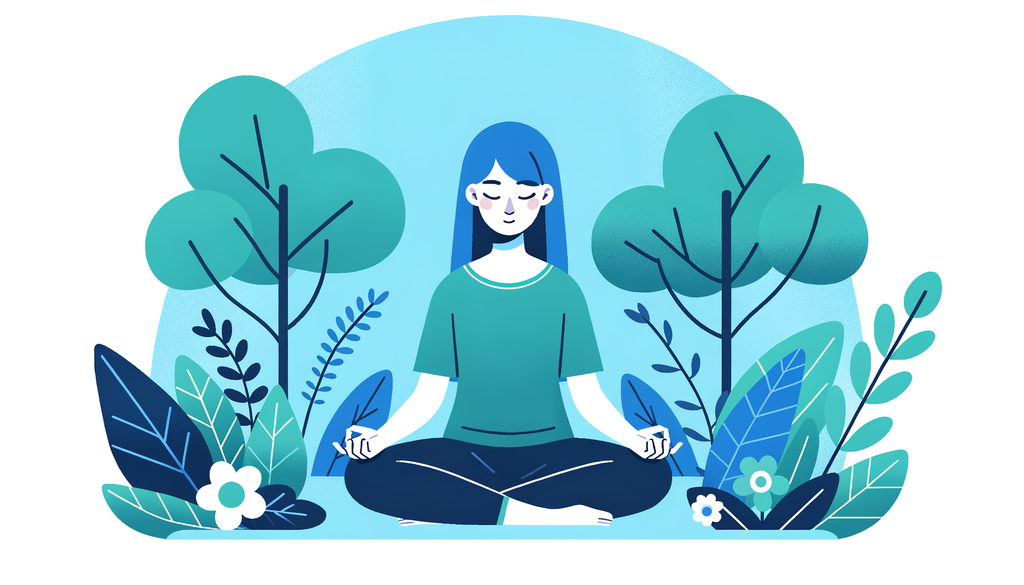Mindfulness and Relaxation Techniques for Children with ADHD

Mindfulness and Relaxation Techniques for Children with ADHD
As parents and caregivers, managing your child’s ADHD symptoms can often feel like a balancing act. Simultaneously, helping them develop coping mechanisms can be invaluable for their ability to focus and manage their symptoms. Mindfulness and relaxation strategies have been widely recognized as effective self-regulation tools, particularly for children with ADHD. This post will guide you through these techniques that you can integrate into your child’s routine for a calmer and more focused mindset.
What is Mindfulness?
Mindfulness involves paying full attention to what’s happening in the present moment without judging or reacting to it. For children with ADHD, practicing mindfulness can help increase their ability to concentrate and regulate their emotions by training their minds to focus on the present moment. It curbs their tendency to become overly reactive or overwhelmed by what’s going on around them, which is common in children with ADHD.
Why Relaxation and Mindfulness?
Children with ADHD generally have problems with self-regulation and attention, which can have an impact on their learning, interactions with others, and overall well-being. Relaxation techniques can help reduce restlessness, impulsive behaviors and increase concentration. On the other hand, mindfulness can offer them a way to gain more control over their thought processes. It is, in essence, a way of training the brain to concentrate.
Techniques to Try at Home
- Deep Breathing: Help your child practice taking slow, controlled breaths. Count aloud as your child breathes in, holds the breath, then exhales. Repeat this process for several minutes at a time.
- Guided Imagery: With your child sitting or lying comfortably, describe a soothing scene like a forest, a beach, or a river. Encourage your child to imagine the scene and how they would feel being there.
- Progressive Muscle Relaxation: Guide your child to slowly tense and then relax each muscle group, starting from the toes and working your way up to the head. This technique can drastically reduce physical tension and encourage a state of relaxation.
Building Mindfulness in Daily Life
Building mindfulness habits into everyday activities can be beneficial in itself. Here are some simple, daily routines to incorporate mindfulness:
- Mindful eating: Encourage your child to focus on the taste, texture, smell, and appearance of their food during meals.
- Mindful walking: While walking together, ask your child to observe how their body feels with each step they take.
- Mindful listening: At a quiet moment, ask your child to close their eyes and listen to the sounds they can hear, both near and far.
Remember, practice is key when it comes to mindfulness and relaxation techniques. Over time, these practices can become second nature to your child, enhancing focus and reducing anxiety and impulsive behavior. For a richer understanding of ADHD and an array of techniques and therapies, explore our posts on Different Therapy Options for Diverse Learners and Visual Aids and Learning Tools for Children with Autism, which also contain valuable insights for children with ADHD.
Get Support and Take Care of Yourself
Remember, you’re not alone in this journey. Make sure to connect with networks of caregivers and professionals who can provide support, and keep learning about how to best help your child. Read our posts on Seeking Support and Self-care for the Caregiver for insights and actionable tips.
Mindfulness and relaxation techniques for children with ADHD can be transformative. They can help children manage their symptoms effectively and enhance their mental well-being, while also providing a foundation for lifelong resilience and skill development.
By integrating these practices into daily routines, we can empower our children to take charge of their thoughts and actions, creating a more healthy and fulfilling life.